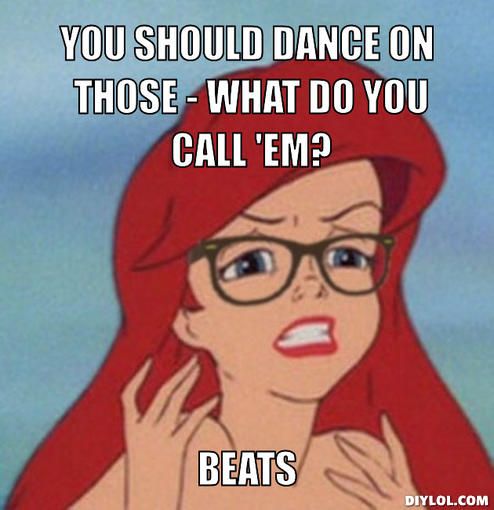|
First off: how are you? Each time I post or send an update, I often get a number of responses from various people. These have dropped off of late. So I do wonder if some people are a little dispirited of late given all the social isolation. And that's why I thought I'd ask to see how all is going.
Did you check out the video shared on the Facebook page? It has scenes from a dance show that includes a few people from the studio. If you did not see it, then go take a look. Finally, if you are looking for something to do at home to improve your dancing, then I recommend Salsa on the Beat - http://www.salsaisgood.com/Salsa_Timing_Package/Salsa_Timing_CD.htm. It's the music I use at times in salsa class with the counting. If you can keep time so salsa music, then you can keep time to pretty much anything! A handy attribute to have. Clint
1 Comment
When it comes to dance, some of us already know musical theory, some of us can simply intuit the beat, some can express the emotion and some simply have no idea at all. No matter your level of musicality (or how much you think you have or do not have) you can dance, but there is probably also room for improvement. This blog will talk about the basics of musicality and how you can use it to make you dance better. Do you need to know how to count music? This is a common question. There are people who can ‘feel’ the music and have a sense of when to step to stay in time. However, some dances, when they are taken to a higher level (and actually some from the get go) require you to know where you are relative to specific beat to dance well. That means being in time with the beat, while essential, is not enough. You need to know which beat it is. That means you need to start counting. Depending upon the music you might need to count to 8 and you might also need to count the bars (more about that later). What to do if you seriously have no idea? Not exactly sure what people mean when they say ‘beat’ or ‘bar’? Can’t work out what people are actually counting when they are counting music? You’re not alone. However, this should also not stop you from dancing. It simply means you need a crash course in music. Fortunately, that is fairly easy to do:
What is musical appreciation and how to use it? Musical appreciation can be taken to considerable length. However, for dance the following is like what will serve you best:
Then when you are dancing:
Note: do not let your expression interfere with how you lead or follow. Some people get into the music so much that they forget their partner. Key musical terms for better musicality There was mention already of beats and bars above. However, it is worth going over these in more detail and noting some other features of music for you to be aware of:
Other things to note
When you become better at musicality, you might find that you simply do not wish to dance some figures to some music; they just won’t fit. It can at times be hard to identify individual instruments. Watching a band play so that you can start to link the sound to the instrument can help. If you want to get a link between the audio and the visuals of music, then try Jam Studio. It let’s you make music and shows you’re the beats as they are played. That can help you hear them. It can be worth finding sheet music to see what the music is meant to be. I know of waltzes that were actually 9 beats to the bar, but everyone thought it was a 3 beats to the bar song. You could still waltz to it, but knowing it was 9 beats to the bar meant that one knew the phrasing would be different. Many songs you might want to dance to can be found on Chordify, which will play the music and show you the beats in the musical score at the same time. This can also help find the beats in the music |
AuthorThis blog is written by the staff at Destine Dance and is inspired by the questions and challenges faced by our students Archives
July 2024
Categories
All
|

 RSS Feed
RSS Feed